
Going on a gluten-free diet can be overwhelming! It certainly was for me. It seemed like it was a huge challenge recreating our favorite dishes and making them into a gluten-free versions. Through the years I have learned a thing or two. Here’s How to Make Almost Any Recipe Gluten-Free! (It’s easier than you think!)
To help support our blogging activities, our site contains affiliate links. If you make a purchase from a link on our site, we may receive a small percentage of that sale, at no extra cost to you. Blessed Beyond Crazy is a participant in the Amazon Services LLC Associates Program. This is an affiliate advertising program designed to provide a means for sites to earn advertising fees by advertising and linking to amazon.com.
This post is for you, if:
- You are not gluten-free but are trying to cook for someone who is.
- You’re overwhelmed with cooking gluten-free.
- You miss your favorite recipes and aren’t sure how to make them gluten-free.
- You won’t try a new recipe unless all the ingredients are specifically gluten-free.
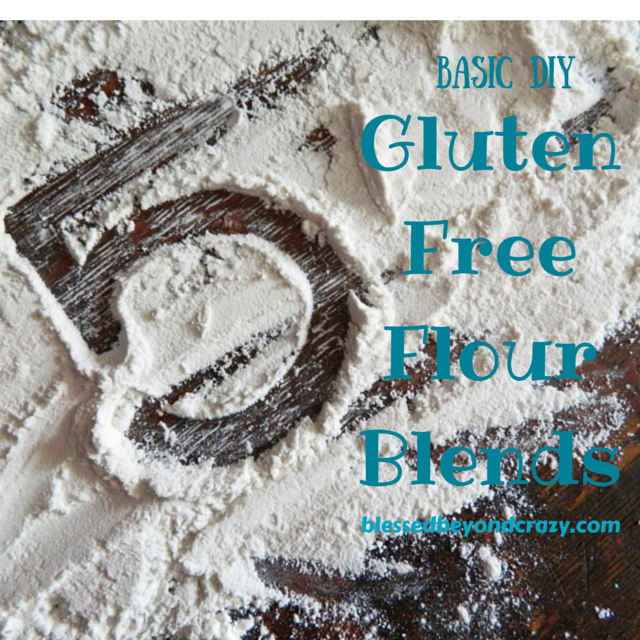
Getting Started
The most important step to gluten-free cooking is to find a gluten-free flour mix that you love and that works well as a substitute for regular wheat flour.
Check out this post for 5 different gluten-free flour blends. My favorite is the first one listed in that post! Of course, these days it’s easy to go out and buy a gluten-free blend from almost any grocery store, you just might pay a little bit extra.

Another important step is to make sure that the ingredients you are going to use actually ARE gluten-free. Reading labels and knowing terminology is extremely important.
Even though some ingredients on labels are naturally gluten-free, it doesn’t mean that the whole product is truly gluten-free. Many times the product becomes contaminated during the packaging process. (For example, bacon may itself be gluten-free but during the packaging process, the factory may use a dusting of flour to keep the plastic from sticking to the bacon. Therefore, what was once gluten-free bacon is no longer gluten-free).
Many more brands are starting to label their products certified gluten-free, which is extremely helpful. Never be afraid to contact a company regarding their products. It’s better to be safe than sorry. Most companies are very good at answering questions.
For more on this topic read my post, Gluten-Free 101.
Another post on this topic is Gluten-Free Diet: What’s Allowed, What’s Not.
Baking
Simple Solution: Use a 1:1 ratio of gluten-free flour blend plus xanthan, guar gum, or any binding agent (see a full list here). If there isn’t one included in a gluten-free flour blend you can add it separately, (it only takes a small amount).
When baking you can usually substitute a gluten-free flour blend for regular flour in a 1:1 ratio. Just be sure to add a thickener, such as xanthan gum or guar gum. These binding agents prevent your food from turning into a pile of tiny crumbs. This is especially true for cookies, bars, cakes, muffins, pies, etc…
The general rule is to add 1 teaspoon of xanthan gum per cup of gluten-free flour.
Check out all of our gluten-free desserts under our Desserts and Snacks page.
Sauces/Soup
Simple Solution: Use gluten-free corn starch, potato starch, or arrowroot as a thickener instead of flour.
If you are making a sauce or soup from scratch and the recipe calls for flour as a thickener the easiest way to change this recipe to a gluten-free one is by using cornstarch instead. Cornstarch can substitute for flour in a 1:2 ratio (for example: the recipe calls for 1/2 C flour, use 1/4 C cornstarch instead). If corn bothers you or you don’t have any you can also use rice starch or potato starch.
Check out my Made from Scratch Spaghetti Sauce which is naturally gluten-free!
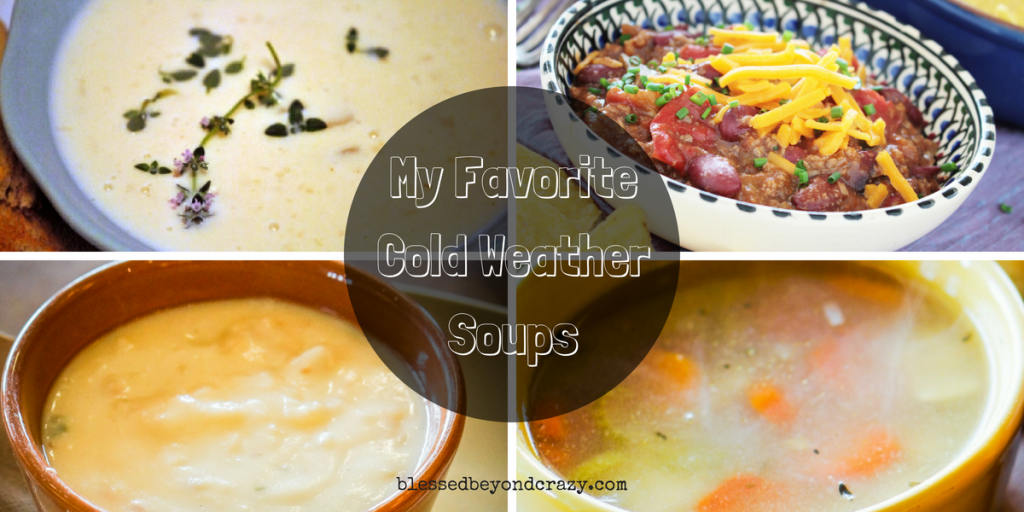
Pasta
Simple Solution: Use gluten-free pasta.
For a long time, my family avoided pasta altogether, but thankfully, there are now many delicious gluten-free pasta noodles available.
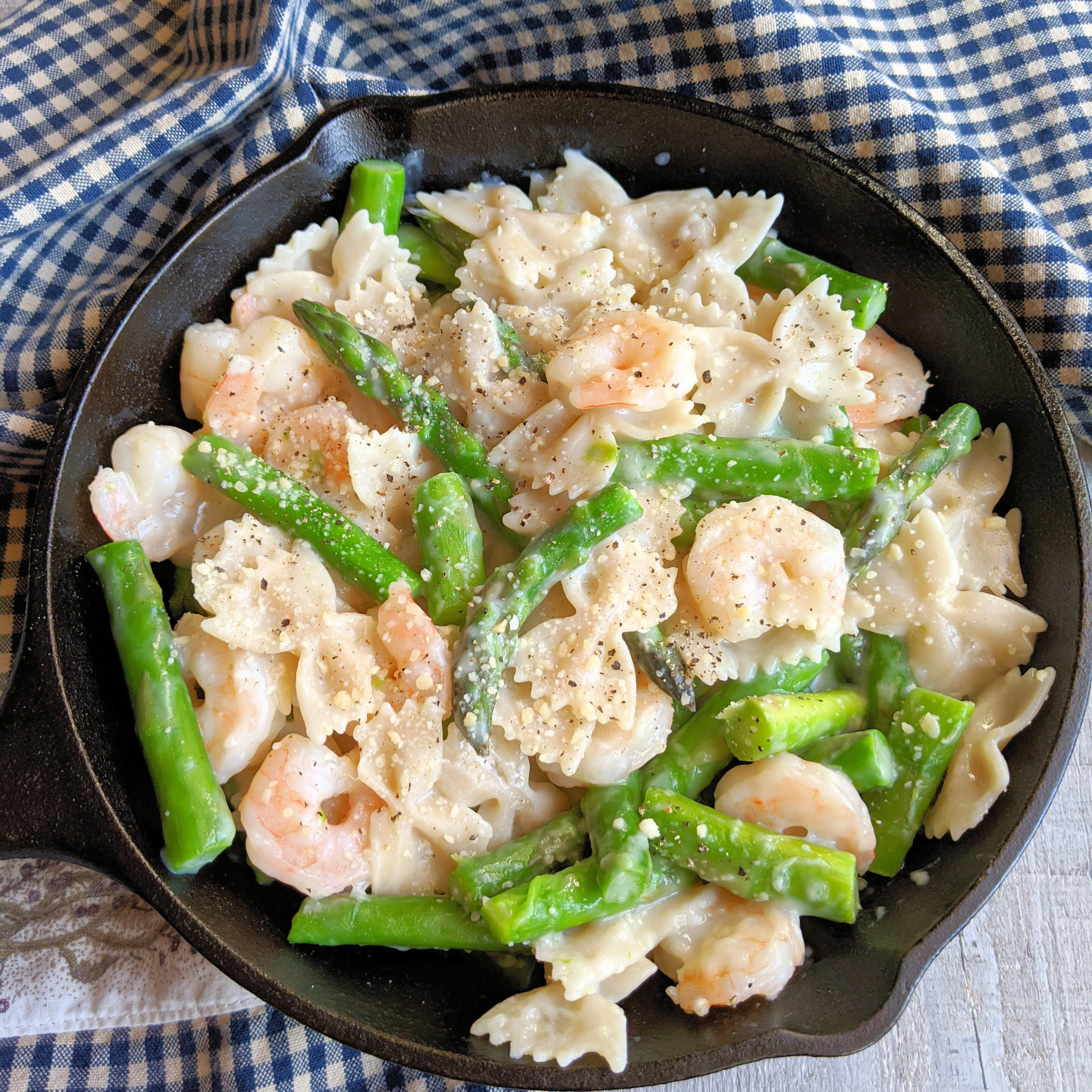
Cooking gluten-free pasta (from a package) is pretty much the same as cooking regular pasta. It may take a few extra minutes to cook so always be sure to read the directions. You will want to be careful not to overcook it because it can easily turn to mush.
After the pasta is finished cooking, strain it immediately, and rinse with cold water to prevent it from getting clumpy. Now just make sure your sauce is gluten-free (see above).
Check out a few of our pasta recipes: Spaghetti Pie, Creamy Asparagus Shrimp Pasta Skillet, Easy Mostaccioli Pasta, and delicious gluten-free Pasta Salad.
Bread
Unfortunately, this is where it gets tricky. You can’t just substitute gluten-free flour for normal flour. Gluten is what makes bread fluffy, soft, and elastic.
When you remove the gluten, bread quickly turns powdery or it turns into a brick. There is a fine science to making awesome gluten-free bread and you really do need a specific gluten-free recipe for yeast bread recipes.
Check out my recipe for GF Cinnamon Raisin Bread that is made in a bread machine!
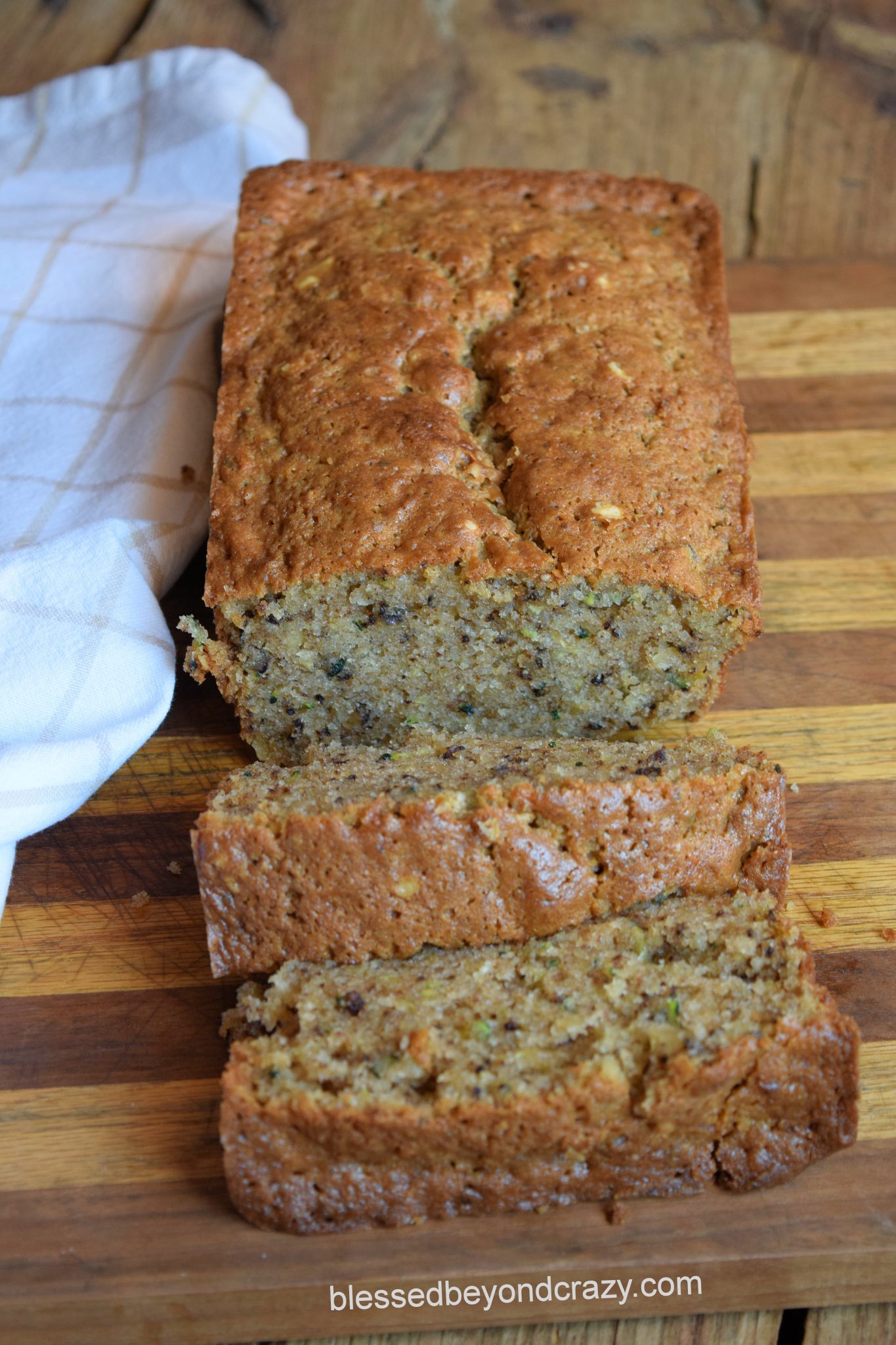
There is an exception! Most non-yeast loaves of bread are easy to convert. For example, a few of our favorites are Old Fashioned Praline Apple Bread, Cream Cheese Zucchini Bread, Raspberry Chocolate Chip Bread, and Golden Cornbread. These recipes were originally made with wheat flour. The only thing my mom did differently when she made them was to use a gluten-free flour blend and a binding agent.
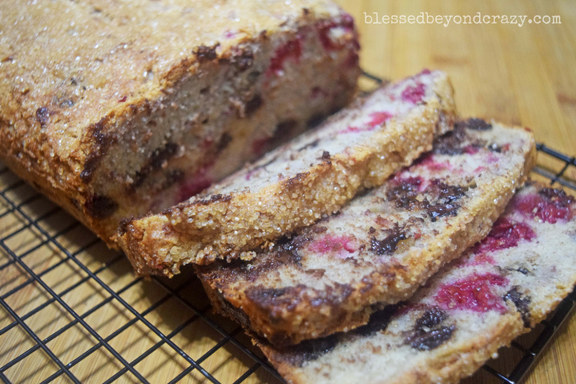
So how can you tell when you can use gluten-free flour as a substitute and when you can’t? If a recipe calls for yeast it’s probably best to avoid trying to change it and go find a specific gluten-free yeast bread recipe.
If there is some sort of stabilizer to it that will keep it moist (such as, cream cheese, sour cream, yogurt, applesauce, mashed banana, etc.) it is probably safe to attempt to substitute gluten-free flour for normal flour. After trying a few recipes you’ll get a better feel for what works and what doesn’t!
Casseroles
A lot of casseroles call for a cream soup, such as chicken, mushroom, celery. I used to avoid these recipes altogether since these canned soups contain gluten.
Over time I’ve figured out how to my own homemade gluten-free cream soups. This has opened up my world to casseroles once again. It might seem intimidating at first but this homemade soup is very easy. Once I became comfortable making creamed soups I can easily whip up a batch in just a few minutes.
You can buy gluten-free creamed soups, however, they will probably be very expensive and they won’t be as healthy as a homemade version.
Cream of Chicken soup
(I’ve made this so often I don’t even measure anymore, these measurements are estimates)
- 1 cup chicken broth or stock
- 1/2-3/4 C half and half (or whole milk)
- 2-4 Tbsp cornstarch
- 1/2 Tbsp onion powder
- 1 clove crushed garlic (garlic powder can be substituted)
- Parsley (fresh or dried)
- salt and pepper
Directions:
- Heat chicken broth over medium heat in a saucepan.
- Mix cornstarch and half-and-half and stir well.
- Add half and half mixture to chicken broth and stir until slightly thick and bubbly.
- Add seasonings.
- Remove from heat.
Optional: Add small pieces of diced chicken for Cream of Chicken; small pieces of mushrooms for Cream of mushroom; chopped pieces of celery for Cream of Celery.
If your casserole calls for noodles you can easily substitute rice to make it gluten-free. Cook your rice before adding it to the casserole. My family does this all the time!
Check out this Upside Down Chicken Pot Pie
A Few More Tips for Random Recipes!
Meatloaf: my meatloaf recipe calls for breadcrumbs. I substitute gluten-free organic oatmeal for the breadcrumbs and it turns out AMAZING!! Check out the recipe here. Side note: My family loves smoked meatloaf but this recipe is also delicious cooked in an oven.
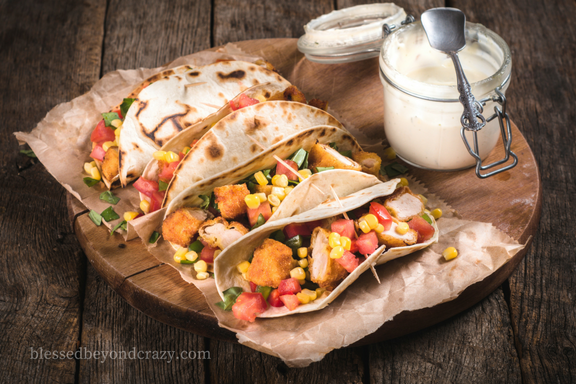
Mexican: When making homemade Mexican food you probably are going to need stock-up on a few supplies. You can still use many of your normal recipes but be sure to use gluten-free corn shells, tortillas, or chips.

Taco Seasoning: As of the writing of this post, I have not found a taco seasoning packet that is gluten-free. I’m sure they exist somewhere but in the meantime, I’ve learned to make my own.
The main ingredient in taco seasoning is cumin. Cumin provides that nice taco flavor. When I brown my meat for Mexican dishes I add a tablespoon or so of cumin and a shake or two of whatever spices I have on hand, such as, chili powder, onion powder, garlic salt/powder, salt, pepper, etc. I might add a few tablespoons of water if it looks dry.
UPDATE: Check out this post for a homemade Taco Seasoning Recipe.
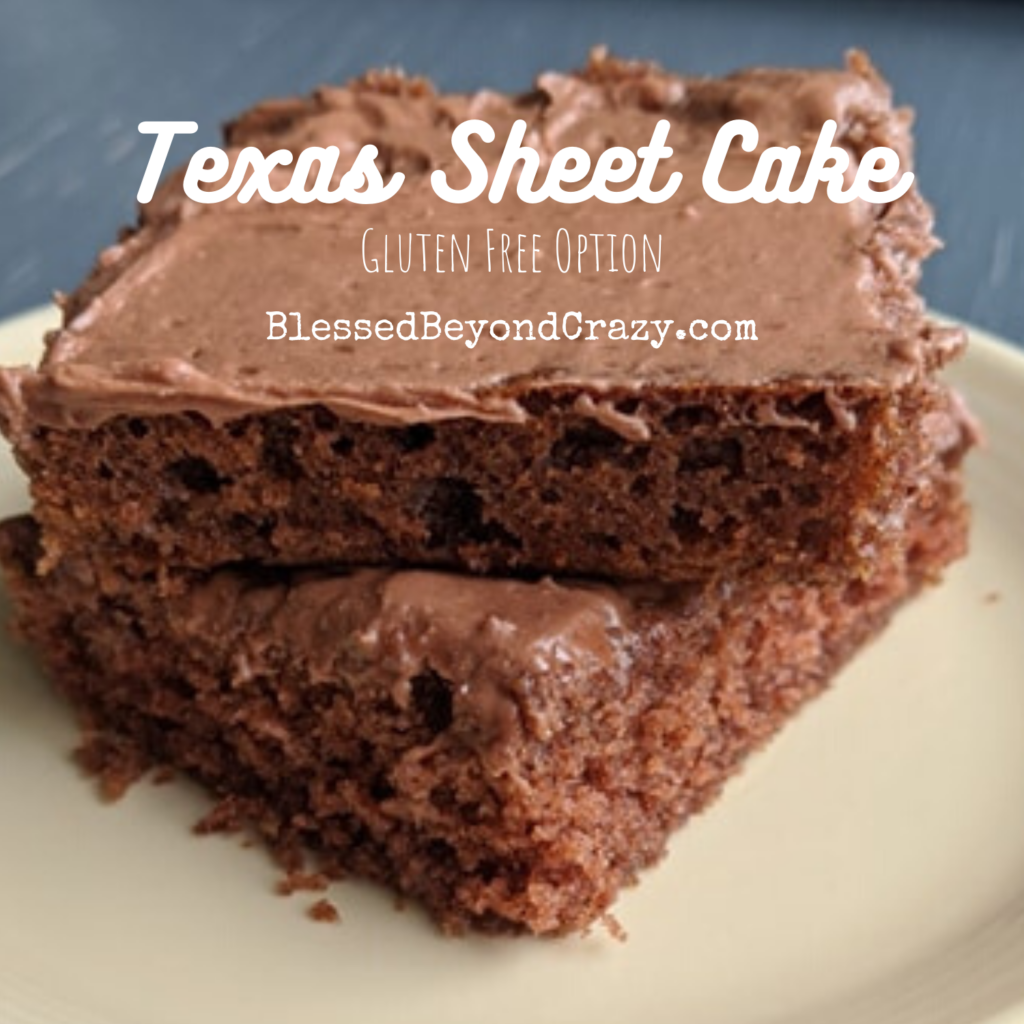
Dessert
Cakes, cookies, trifles, parfaits, and other desserts are probably the easiest recipes to modify to be gluten-free.
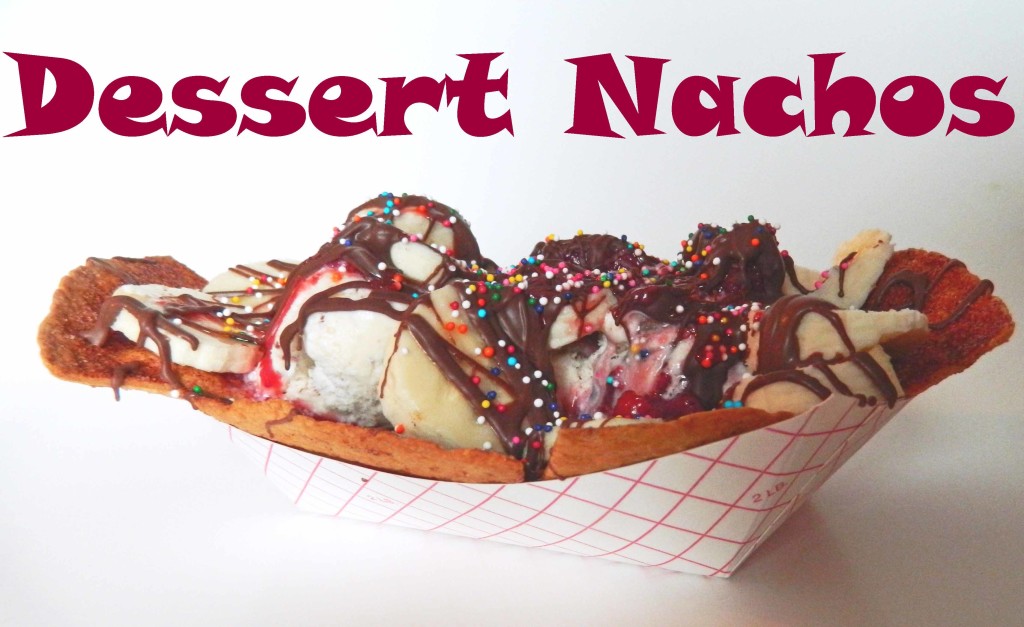
You might also like Dessert Nachos that calls for corn tortillas and this No-Wrap Ice Cream Burrito that calls for gluten-free burrito wraps.
If you are having a hard time finding Allergy-Friendly Products check out this post.
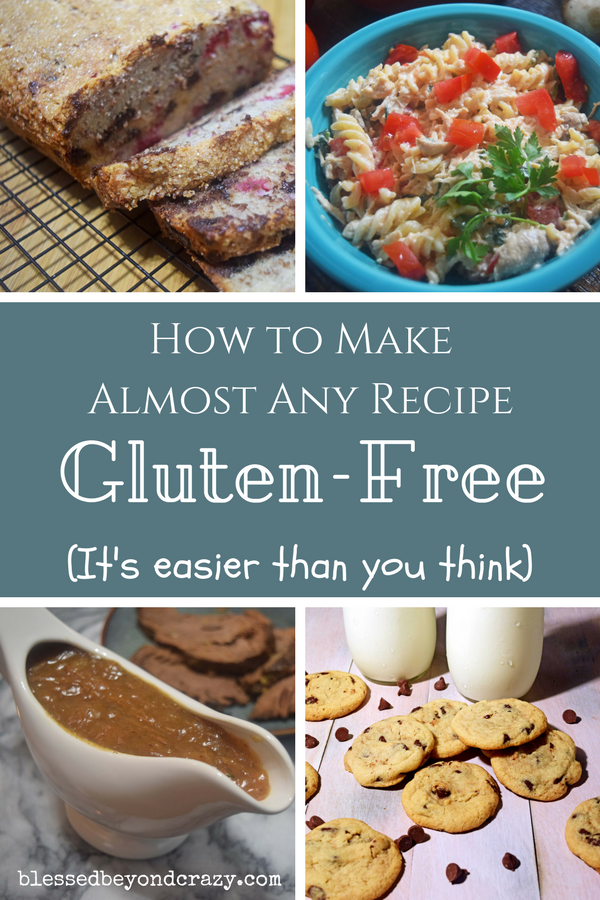
Over the years, I have discovered that modifying recipes to be gluten-free really isn’t a big deal. All it takes is some knowledge, some time, and a little bit of experimenting.
What recipes do you struggle with making gluten-free?
Be sure to check out these Pinterest group boards for more great gluten-free recipes!
Gluten-Free Living
Gluten-Free Foods
Anna
More great ideas:
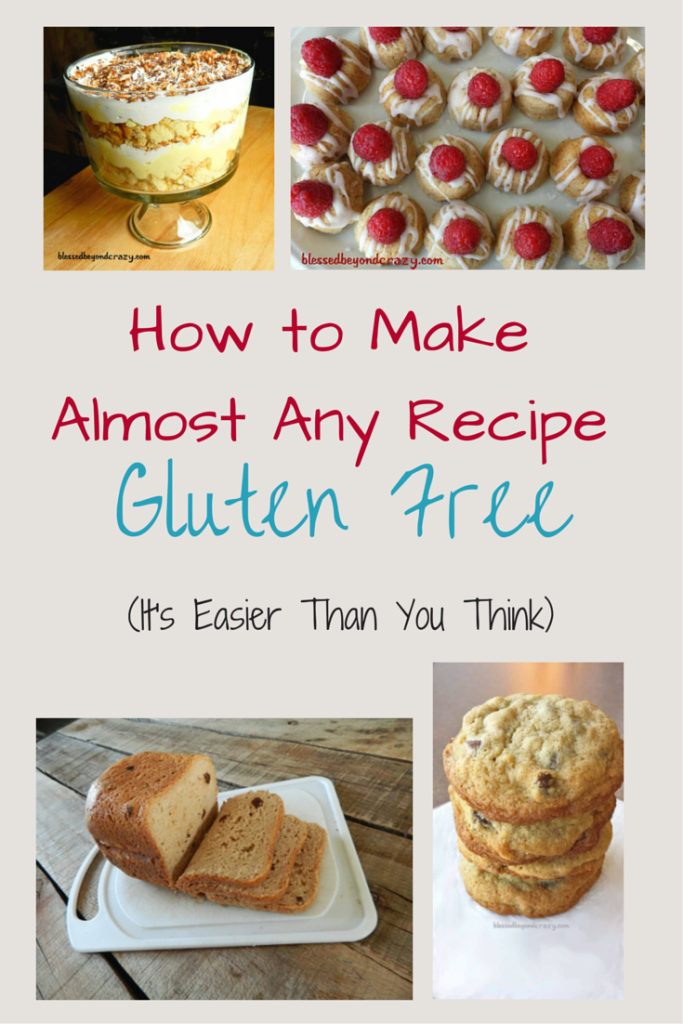
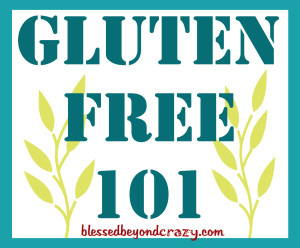

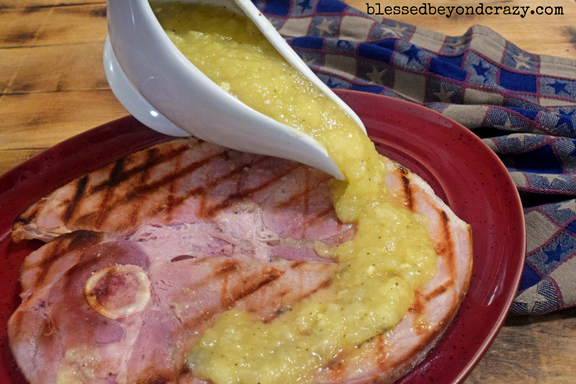
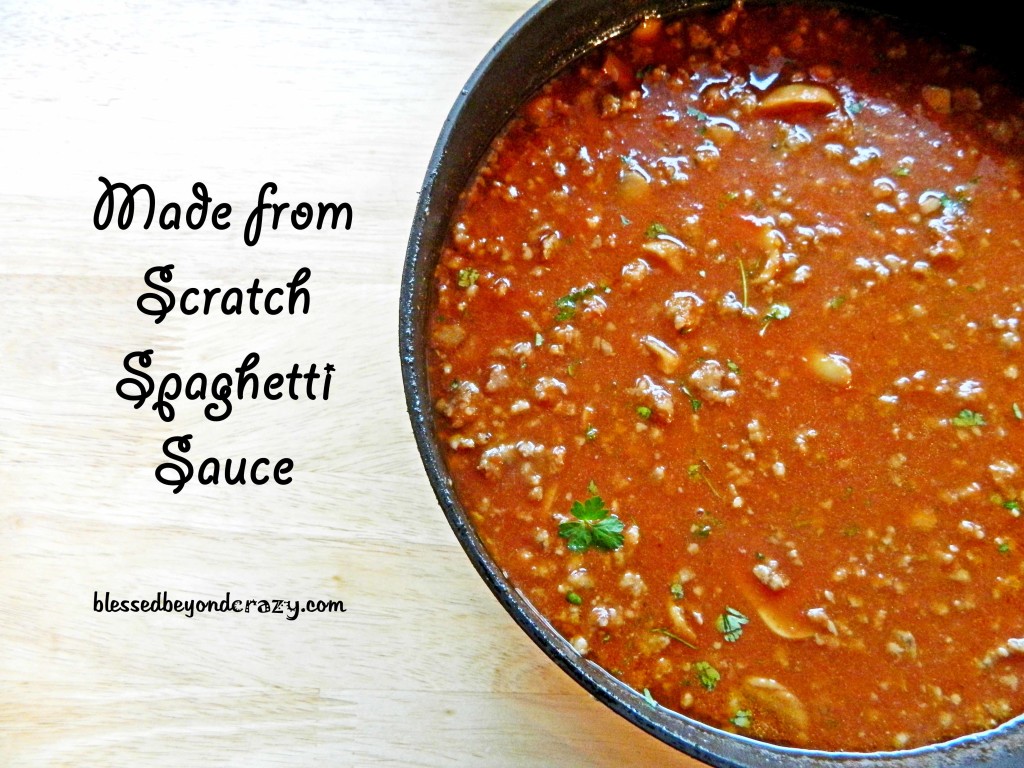
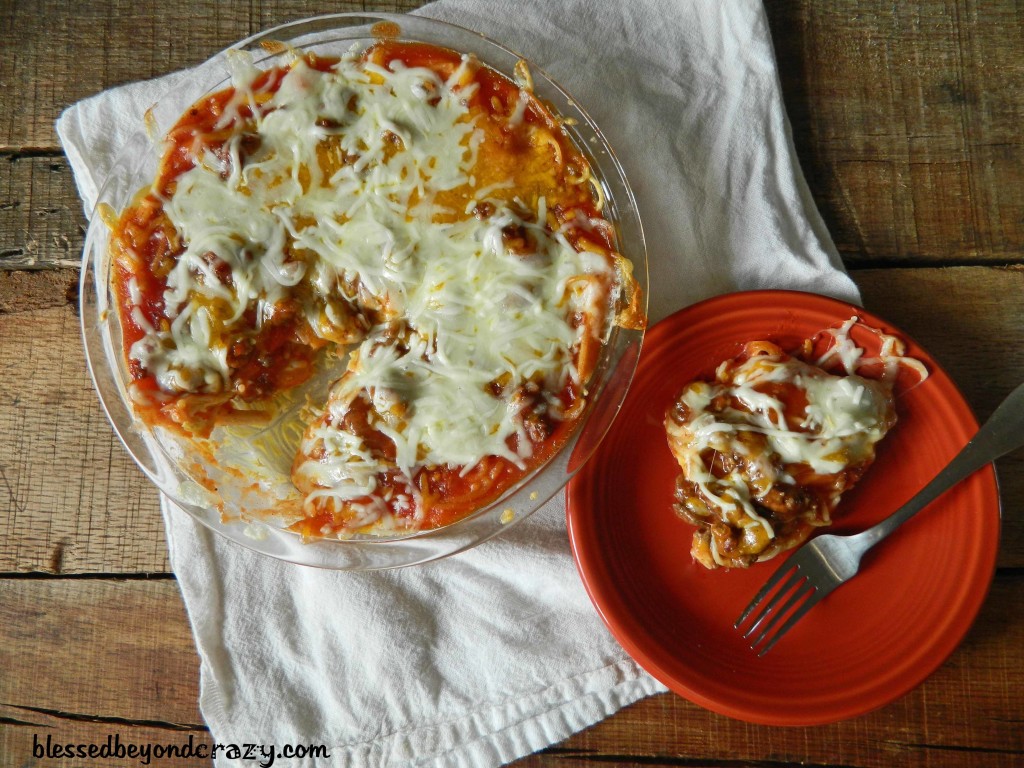
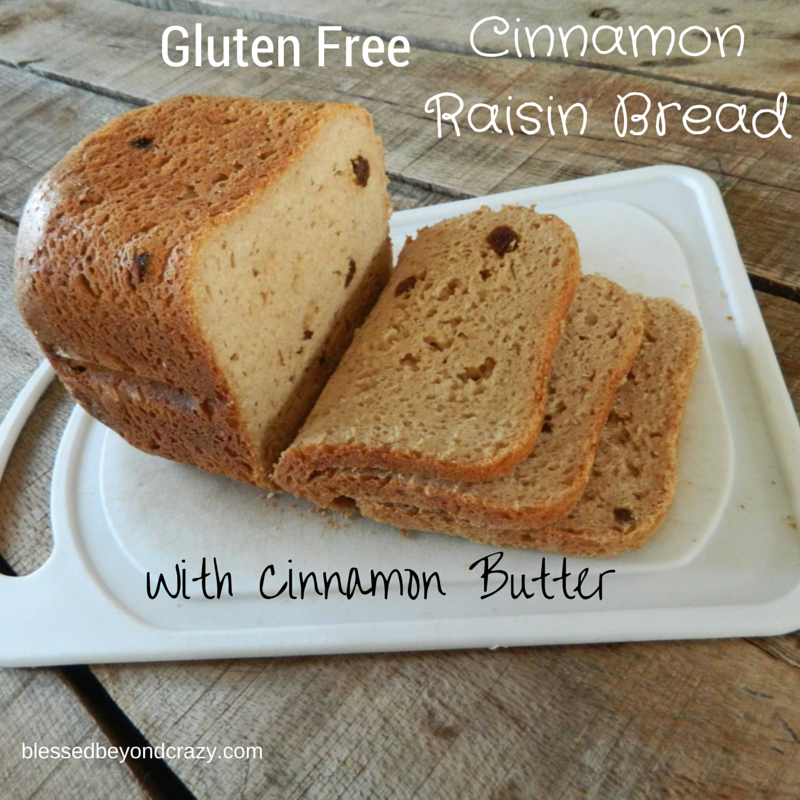
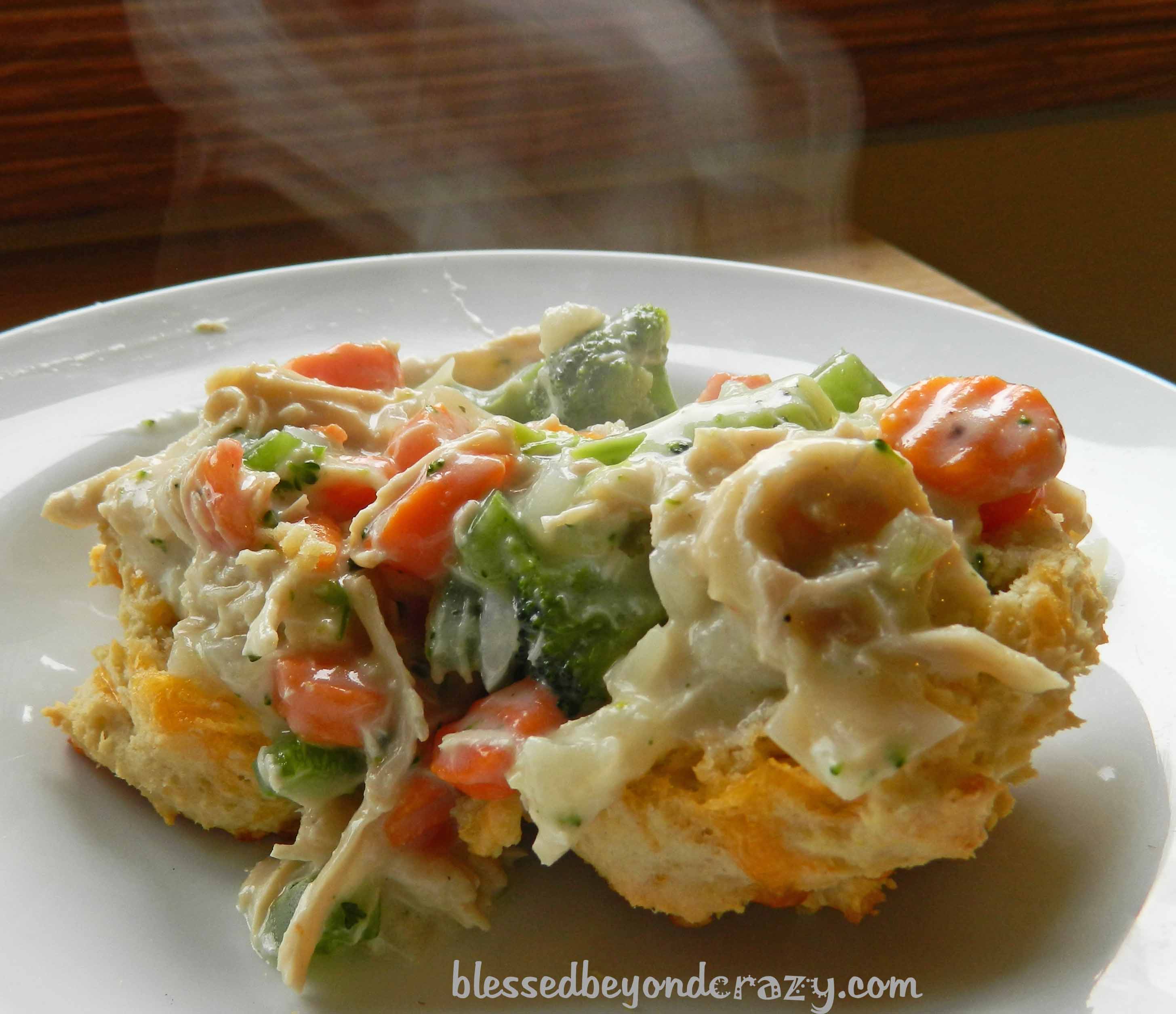
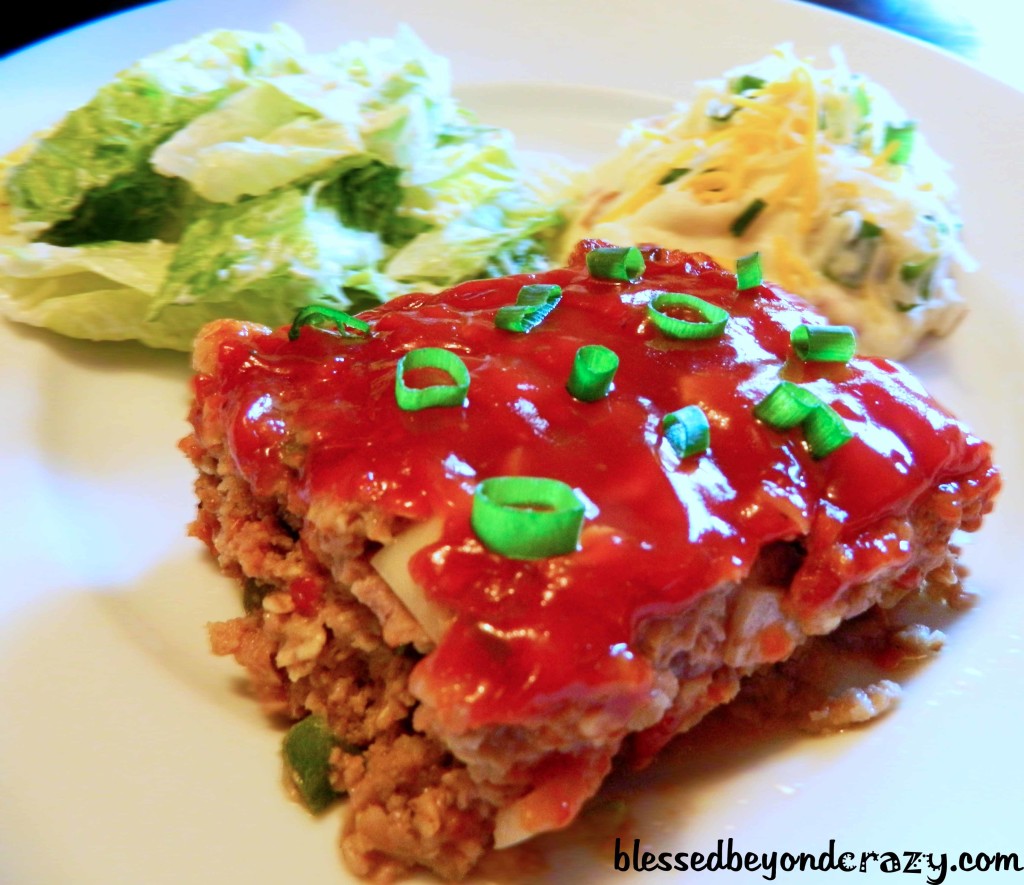
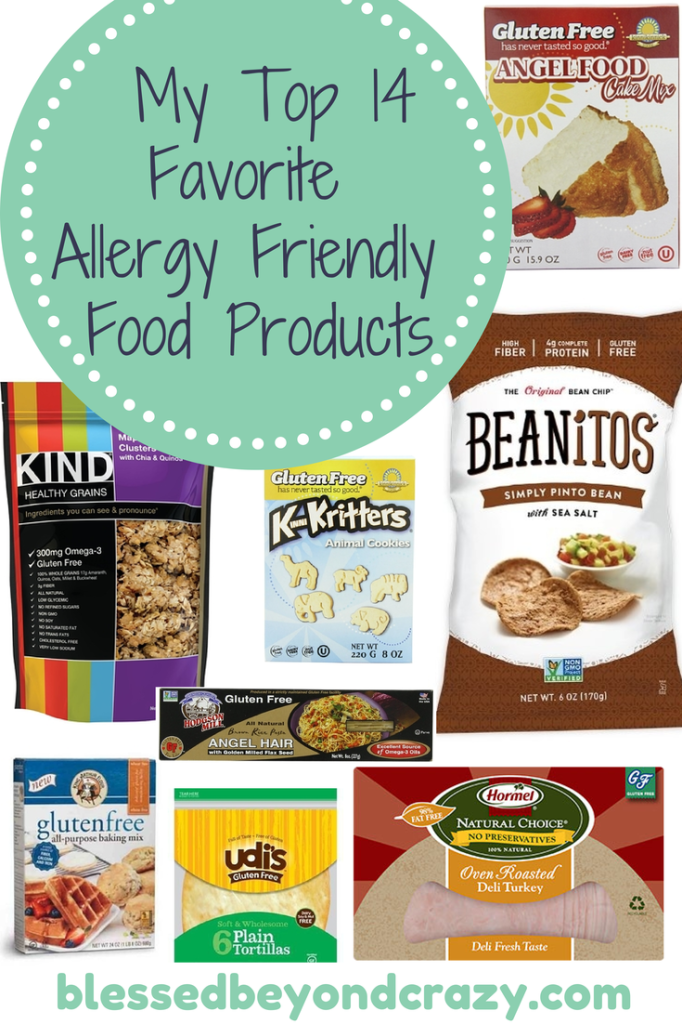
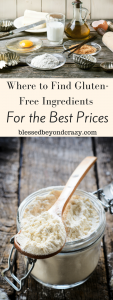

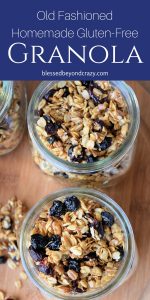
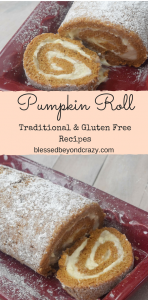
lynn says
thank you
Jonalyn Shiplett says
If the flour already has xanthum gum in it, do you still suggest adding more?
Blessed Beyond Crazy says
Hi Jonalyn,
No. Typically, if the flour already contains xanthan gum we do not suggest adding more. Thanks for stopping by! Linda & Anna
Sarah says
Years ago I saw in the comments of a blog post that if you do a GF baked good and want to make sure it’s not gritty just adds 2T of water to the recipe and let it sit at least an hour before baking. Longer is better to help mystery the grains in the flour. This to has been super helpful.
I also love tapioca cheese bread… It is amazing!
Vanessa says
Thanks for sharing! Going gluten free is such a big lifestyle change and can be overwhelming. This simplifies it so much!

Blessed Beyond Crazy says
Hi Vanessa,
Yes, sticking to any restricted diet can certainly be overwhelming, especially in the beginning. We hope this post helps ease the transition and makes a gluten-free diet less scary and/or complicated. Once you have some of the more basic gluten-free supplies on hand, you’ll quickly learn how to modify recipes to suit this new lifestyle. Eventually, it will become pretty easy to figure things out and you can always ask questions. We are more than happy to help you and if we don’t know the answer to a question, we have a lot of blogging friends that we can ask. Thanks for stopping by! Linda
anna says
Great tips. I’ve used a lot of GF flour alternatives (especially coconut and almond flours). Saved the Raisin GF bread recipe to try. thanks

Cassie says
I have found several GF taco seasonings that are fairly good. I, too, love Wild Tree, but McCormick, Old El Paso, and Hy-Vee brand (if you live near one) all make GF seasonings. My favorite, though, is Spice Island which I find at Costco. In any case, I always end up adding extra cumin because I am obsessed with the flavor. 🙂 Enjoy!
Michelle says
Not sure if you have Schnucks near you, but their store brand of taco seasoning is gluten free and pretty cheap. I use it all the time 🙂
Nancy Symski says
Hi Anna,
My husband was diagnosed Celiac about a year ago, and I have found most of my recipes have converted fine. I just wanted to say I rinse my GF pasta with hot water and it does just fine. I throw a dash of olive oil into the water when boiling, and a little more into the bowl that I put the cooked, rinsed, and drained pasta in. One of the most important tips I found was if you are frying anything, and GF flour coat it, set it aside for a few minutes to let the coating set. If you coat and throw right into pan, it has a tendency to slide right off. Nice blog!
Blessed Beyond Crazy says
Thanks for the tips Nancy!
Sheri says
When I make soups I thicken with instant potato flakes! It’s wonderful and no corn
Lisa-Ann Geddes says
Thank you for sharing this information. It has proven to be helpful to me.
Question: Is it normal for gluten-free flours to have a distinct taste- especially in baked products?
I combined cooked quinoa and bananas with all purpose gluten free flour (to make a banana tread) and the taste was still there although not as noticeable.
Kathleen Hughes says
Gluten free flours can turn rancid rather quickly. Keep them in the freezer or refrigerator. The odd flavor you are experiencing is probably because one or more of your flours are rancid.
Blessed Beyond Crazy says
Yes, Kathleen, I always store my gluten-free flours in the freezer until I need to use them. Thanks for posting this tip!
Linda
Lisa Lovell says
Thanks so much I just went gluten-free I’m 44 and freaking I’m a pizza addict lol I need a good recipe for dough please
Blessed Beyond Crazy says
Hi Lisa,
Hey, Anna and I understand about craving a good gluten free pizza.
Here is a good recipe for you: https://blessedbeyondcrazy.com/gluten-free-deep-dish-pizza-crust/
Here is a good recipe for BBQ Chicken Pizza: https://blessedbeyondcrazy.com/bbq-chicken-pizza/
Just let us know if you have any questions or if you are looking for more good gluten free recipes!
Enjoy!
Linda
Lisa Lovell says
Thank you so much one question on the recipe for the pizza crust I have a all purpose flour blend bobs mills can I use that
Ashley says
Thank you so much for your suggestions, ideas & recipes! Eating GF is new for me & your ease with which you presented your suggestions has encouraged me more than I can express.
Blessed Beyond Crazy says
Hi Ashley,
Yay! We know how frustrating it can be when a person first starts out on a gluten free diet. Glad you hear we were able to help you in some small way!
Have a great day!
Linda
Stephanie says
Hi!
Just wondering about your homemade cream soups. Do you think it would be possible to sub a dairy-free option for the half and half or not? Thanks!
Blessed Beyond Crazy says
Hi Stephanie,
Yes, you should be able to sub with a dairy-free option. We substitute ingredients all the time. Just be aware that sometimes you may also need to adjust any thickening ingredients just a little. Our motto is: give it a try.
Good luck!
Linda
Rosalind says
I was diagnosed with celiac in 2015 and am still trying to figure out how to make cakes like I used to without wheat. I don’t know which flours I should use or quantity. Also how to you make and what flour combination to make self rising flour?
Blessed Beyond Crazy says
Hi Rosalind,
We understand how difficult it can be when starting out making gluten free recipes. We are by no way experts on the subject and most of what we have learned has been through trial and error. You’ll find that although tasty, most gluten free recipes will have a much denser texture and more crumbly than non-gluten free products. The good news is that there are more and more gluten free mixes, products and recipes on the market these days. Here are a couple really good links that may help you figure out what gluten free flours to use for a particular type of recipe – http://www.glutenfreeandmore.com/issues/4_1/Gluten-Free-Flour-Substitutions-1073-1.html
http://www.glutenfreeandmore.com/resources/food-allergy-substitutions.html
Gluten Free on a Shoestring is a great blog to follow with tons of great gluten free recipes. Here is her Pinterest profile link: https://www.pinterest.com/gfshoestring/
Hope this helps! Let me know if we can help you further.
Linda
Kim says
Thank for taking the time to post this information I am new at glutin free(3days). After living the same life style for nearly 32 years I was feeling lost when my doctor told me that I can no longer eat gluten, eggs or dairy after reading your post I have a new hope inspiration.♡
Blessed Beyond Crazy says
Hi Kim,
We are so happy to hear this post has given you encouragement. Since we have several family members that must be on a gluten free, dairy and soy free diet, we know how overwhelming it can seem in the beginning. Our suggestion is to take time to educate yourself as much as possible on your new diet, then start by gathering some basic gluten free supplies; you can gradually add as you go. Now, more than ever, there are many great gluten free products on the market and tons of great recipes available. Please let us know if we can help you.
Take care and good luck!
Linda
Blessed Beyond Crazy says
Kim,
Thank you so much for your comment! This is why we blog! I’m so happy that we could help you out and I’m thankful for your encouragement!
Have a great day!
Anna
Holly says
Try Wildtree taco seasoning. Wildtree has an amazing line up of allergy friendly spices, and fantastic recipes.
Blessed Beyond Crazy says
Hi Holly,
Thanks so much for that tip! We’ll have to try that particular brand.
Thanks again for stopping by and letting us know.
Linda